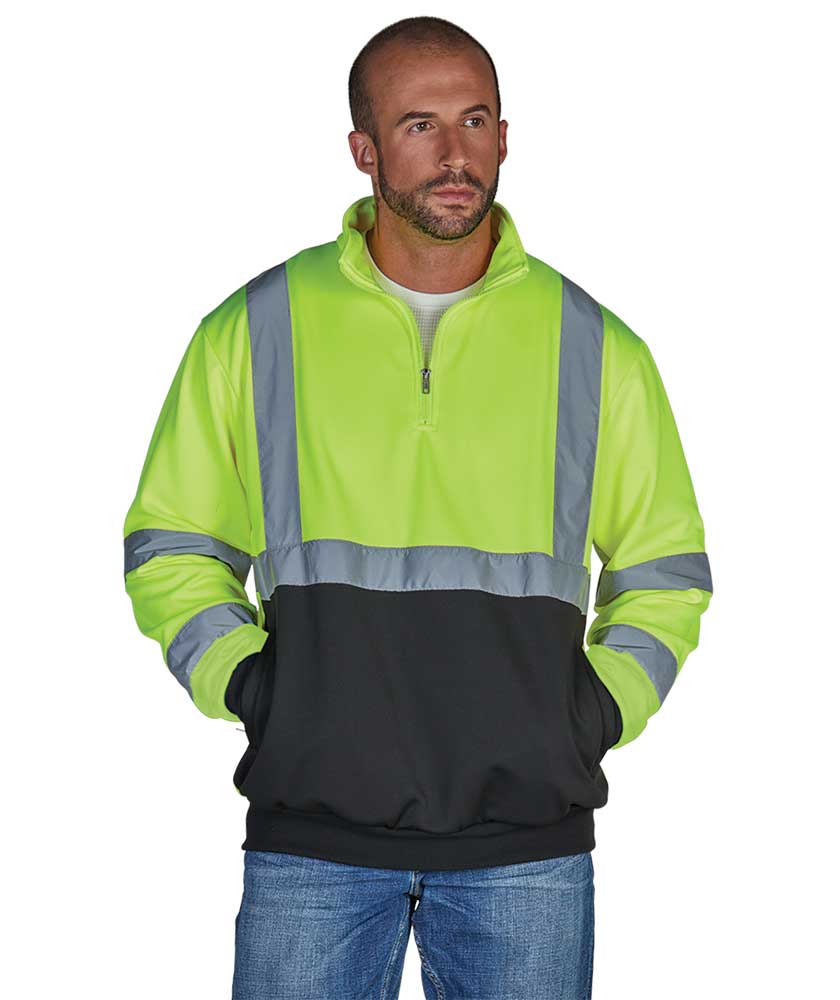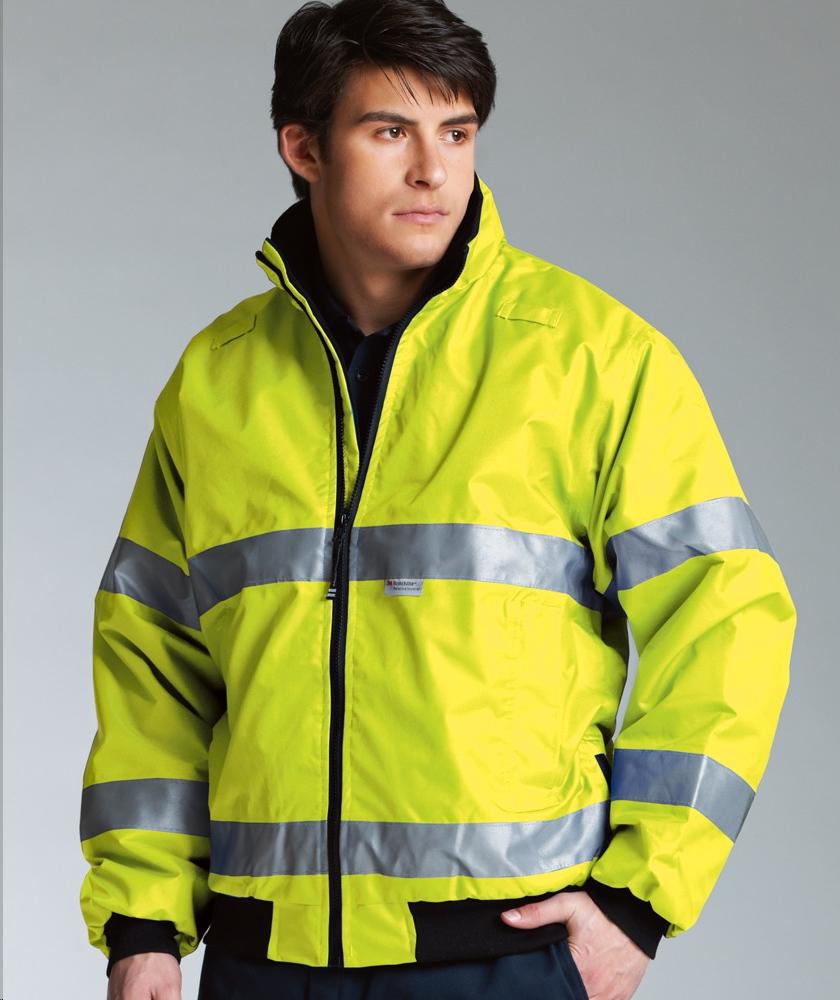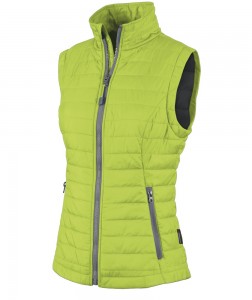The Textile Materials Eco Battle Between Natural and Synthetic Fabrics
By Steven E Davis, DC.
Environmentally conscious consumers and businesses are bringing evolution to the fashion industry. Textile technologies developed in the past several decades have been used to increase performance of technical fabric, including moisture wicking fabrics, waterproof fabrics and even quick drying fabrics. The great majority of these are made with synthetic materials. The down side to their calculated enhancements of fabric performance is that most synthetic fabrics are made from non-renewable sources, and they are non-biodegradable.
Led by groups concerned with sustainability, efforts have been made recently to encourage the development of fabrics made from recycled plastics and the use of natural fibers such as cotton, wool, bamboo and hemp. However, these natural sources are also not without environmental impact. Diesel fuel consumption, pesticides, fertilizers, insecticides and processing chemicals are the down side here. This article will briefly address these concerns.
Check Out Our Line of Hi Visibility Workwear
-
Product on sale
 Quarter-Zip Hi-Vis Sweatshirt – Charles River Apparel Style 9243Original price was: $48.50.$41.23Current price is: $41.23.
Quarter-Zip Hi-Vis Sweatshirt – Charles River Apparel Style 9243Original price was: $48.50.$41.23Current price is: $41.23. -
Product on sale
 Charles River Apparel Signal Waterproof Hi-Vis JacketOriginal price was: $92.50.$78.88Current price is: $78.88.
Charles River Apparel Signal Waterproof Hi-Vis JacketOriginal price was: $92.50.$78.88Current price is: $78.88.
Synthetics
Synthetic fabrics like polyester and polypropylene are made from petrochemicals. Polyester is a synthetic polymer mostly made from terephthalic acid and monoethylene glycol.1 Both of these chemicals are produced from petrochemical sources.2,3,4 It is well established that crude oil is a non-renewable resource. In a study published in the Journal of Engineered Fibers and Fabrics, biodegradability of polyester was compared to various cotton fabrics. The results of the studies stated the polyester fabric was not biodegradable, but the cotton fabrics were biodegradable and “confirmed to be compostable.”5
Cotton
Cotton is a very common textile fabric. It is appealing because it is comfortable and it is a plant product. Cotton is renewable, recyclable and biodegradable.5 Cotton however, requires a lot of water to grow, tractors consume crude oil, artificial fertilizers, pesticides and insecticides are used, and dying is used to create the color you want. All of these have a negative effect on the environment. A similar statement can be said of most plant based textile sources.6
Design Your Own Basketball Uniforms
Try the new FreeStyle Sublimation uniform designer to get your team looking sharp and feeling great for the upcoming basketball season.

Wool
Wool is a humane animal source because it doesn’t require sacrificing the animal and is thus renewable. Wool is also biodegradable and recyclable. The down side to wool is similar to plant fabrics in the use of fertilizers and pesticides for pastures and feed. Sheep can degrade the land on which they are kept, which may also produce concerns of erosion. The dyes used in wool often contain heavy-metals and mothproofing treatments could cause health issues and produces liquid waste that often times finds its way into rivers and oceans harming aquatic life. 6
Recycled Polyester
Polyester fabrics can be made from manufacturing and consumer waste. Recycling plastics is preferred over dumping them into landfills, especially when they can be used for non-perishable products such as clothing. The ugly side of recycling plastic is that it releases harmful chemicals into the environment. Recycling is preferred to incineration or landfill placement, but it is not without consequence.7
Conclusion
Finding a textile that is mass producible, functional and that has a small environmental footprint is no small task. Both natural and synthetic materials use fossil fuels either through farming or manufacturing and both are recyclable. Perhaps as the biodegradable plastic technology improves we can make textiles from sources that are renewable, reusable, recyclable and biodegradable. But for now we are stuck between a rock and a hard place.
Sources
- https://textiletechinfo.com/spinning/POLYESTERmanu.htm
- https://www.hitachi.com/businesses/infrastructure/product_site/ip/process/pta.html
- https://en.wikipedia.org/wiki/Ethylene_glycol
- https://en.wikipedia.org/wiki/Ethylene
- Lili Li, Margaret Frey, Kristie J Browning, Journal of Engineered Fibers and Fabrics, Volume 5, Issue 4 – 2010. https://www.jeffjournal.org/papers/Volume5/5-4-6Frey.pdf
- https://www.instyle.com.au/userfiles/file/-Leather/Leather%20and%20the%20Environment/Environmental-Impact-of-Fibres-Print-Version-v2%281%29.pdf
- https://www.eurekarecycling.org/page.cfm?ContentID=126


